Traditional painting of metal parts can be time-consuming and require constant control of the amount of paint applied. Powder coating is the perfect solution in this case. But what is it? After reading this article you should know how to apply powder coat and what tools to use.

Traditional painting of metal parts can be time-consuming and require constant control of the amount of paint applied. Powder coating is the perfect solution in this case. But what is it? After reading this article you should know how to apply powder coat and what tools to use.
What is powder coating?
Powder coating is a method of covering surfaces, most often metal, with a layer of powder paint. A negatively charged dye adheres to a positively charged object due to electrostatic interactions. It is then cured under heat or with ultraviolet light, which creates a durable and evenly applied layer.
When looking for information on this method, you will notice that it is sometime also called “dry painting”. This results from the fact that the process does not use traditional liquid paints applied with brushes or rollers.
Powder coating and spray painting
Powder coating is a relatively new solution, but it is slowly replacing traditional methods such as spray painting. So what is the difference?
As already mentioned, powder coating uses dry paint that is applied using a special gun. Thanks to electrostatics, it adheres to the painted object. Spray painting also uses a spray gun, with the difference that it is adapted to liquid paint. Under high pressure it ejects tiny droplets of colour, which are deposited on the surface.
Powder coating and spray painting differ in the amount of waste generated during the process. With the former method you can reuse the paint, which is impossible with the latter. In addition, spray painting often causes streaks and drops that spoil the final effect.
Necessary tools for powder coating
If you want to start offering powder coating services to your customers, you will need the necessary painting tools. Unlike traditional methods, you will find use for an ordinary brush or roller in this case.
Above all, you will need a high-quality powder coating gun. When choosing the right model for your needs, pay attention to the surface that it is able to cover in a given time. If you intend to use the tool to paint metal walls or furniture, then you will need a high-performance gun, which must also be compatible with the type of paint you will be using. Of course, additional accessories such as interchangeable nozzles, as well as the weight and shape of the gun are also important. Ideally it should be light and fit well in your hand, making it convenient to use for lengthy hours of painting.
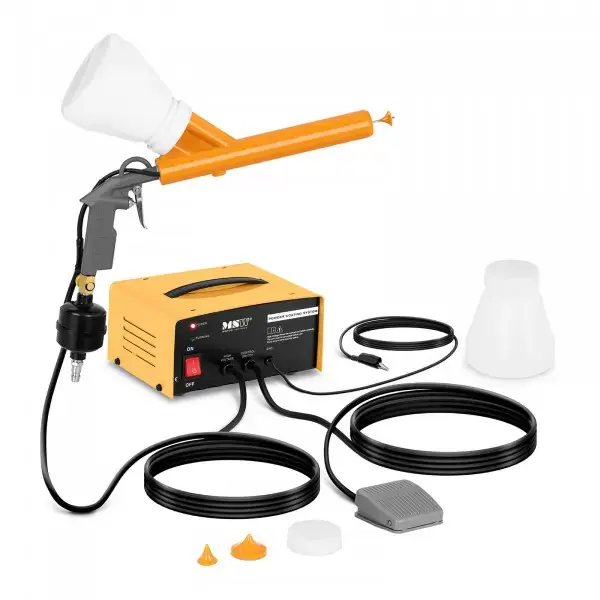 Powder Coating System – 2 x 650 ml – 0.7 to 2.1 bar | 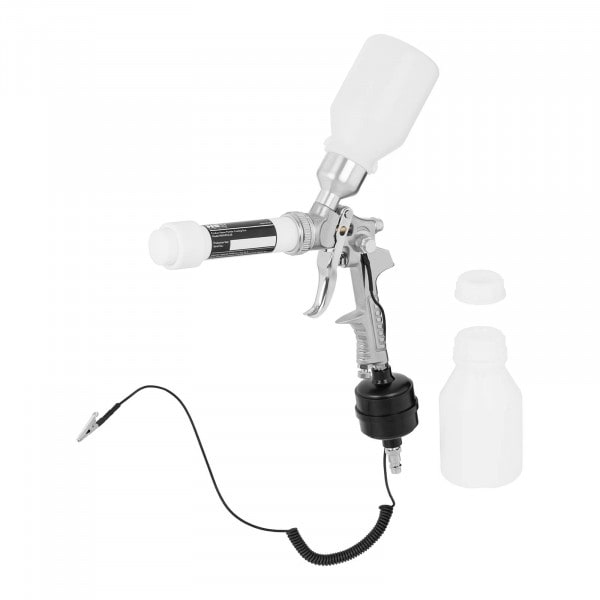 Powder Coating Gun – 2 x 400 ml – 15 to 50 psi | 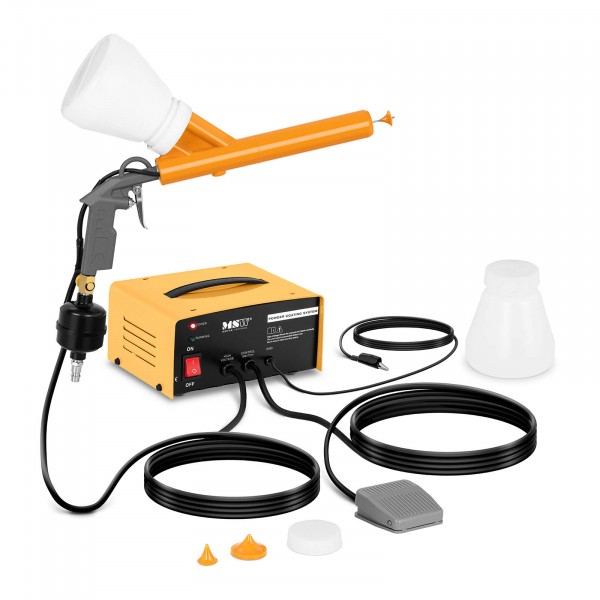 Powder Coating System – 2 x 650 ml – 0.7 to 2.1 bar | |
| Output | 3,2 W | – | 3,2 W |
| Material | Aluminium and plastic (PTFE) | Aluminium and plastic (PTFE) | Aluminium and plastic (PTFE) |
| Diameter, spray nozzle | Ø19,46 mm | Ø29,94 mm | Ø19,46 mm |
| Cable length | Length, foot pedal cable: 3,04 m Length, grounding cable: 2,41 m Length, power cable: 1,75 m | 1,95 m | Length, foot pedal cable: 3,04 m Length, grounding cable: 2,41 m Length, power cable: 1,75 m |
| Powder container | 2 x 650 ml | 2 x 400 ml | 2 x 650 ml |
| Max. viscosity grade | 400 μm; normal 20 – 80 μm | 400 μm; normal 20 – 80 μm | 400 μm; normal 20 – 80 μm |
Using the right paint is another key aspect to bear in mind. You will find different types of powder paint on the market. The most popular are those based on epoxy and polymer resins. The first variant is resistant to mechanical damage and chemical agents, although it should not be exposed to the sun, as UV rays cause a loss of colour intensity. It is therefore intended for metal furniture used inside.
Polymer paint is also wear and chemical resistant, but it is more resistant to sun rays, which will not discolour the layer of such paint. It is commonly used for painting car parts, e.g. wheels or wings, as well as other external elements.
The last device that you will need in a powder coating plant is a curing oven, which heats the paint to a temperature of up to approx. 200°C, which in turn then melts and blends with the surface of the painted object, creating a uniform structure. When choosing an oven, pay attention to proper air circulation, as without this the curing process will not be effective. In terms of power source, you can choose between oil, gas and electric ovens. The first two heat up quickly, while the third ensures even heat distribution.
If you run or plan to open a car paint shop, various types of paint stands will also be necessary. You will find universal models for various body parts, as well as stands designed exclusively for wheels, bumpers and more. Ideally, the paint stand you choose should have wheels making it easier to transfer the whole thing from one work station to another. Do you want your alloy wheels to shine better than ever? Find out how to polish aluminium in another one of our articles.
What material can powder coating be applied to?
As already mentioned, powder coating is used for metal objects and surfaces, mainly steel and aluminium. This is due to their conductive properties, allowing for the use of electrostatics. In addition, these metals are resistant to the high temperatures that the paint must be subjected to in order to be cured.
For some types of steel it is necessary to use a specific type of powder coating, for example in the case of galvanised steel. The paint must have a special additive enabling efficient discharging of gas during curing in the oven, minimising the risk of damaging the coating. You can read more about this material in our article on steel grades and types.
What about non-metal parts? Can they also be powder coated? The answer is yes, although this method is quite expensive and will not always work on every material. New solutions are being looked into for the powder coating of materials with low resistance to high temperatures, e.g. plastic, glass, wood or MDF boards. UV rays are used to harden the coating, but it is still an experimental method.
Pros and cons of powder coating
The advantages of powder coating include, above all, its durability. Depending on the paint used, it is resistant not only to mechanical damage, corrosion or chemicals, but also to sunlight. As a result, the surface is properly protected and will maintain its colour for many years to come.
The powder coating process allows the paint to be applied evenly over the entire object. This helps achieve a uniform colour without more intense spots. Contrary to liquid paints, the powder does not create stains or other imperfections, so you can be sure to achieve a smooth layer. Additionally, any powder that has not settled on the surface can be collected and reused to paint other objects, minimising the amount of generated waste.
Powder coating is also considered safer for the environment and your health, as it does not use harmful solvents, unlike spray painting. However, make sure your protect your eyes and respiratory system to avoid the powder getting into them. Protective goggles and a mask are therefore recommended.
Disadvantages include the need to use a special powder coating gun, without which you won’t be able to apply paint to the surface. Another difficulty is the need to cure the element in a special oven, which makes it very difficult to use powder coating at home. The last disadvantage is the need to thoroughly clean and prepare the painted surface. If you skip this step then all your efforts could be wasted.
Powder coating – summary
Powder coating is an extremely effective way of applying paint to metal objects. It should come as no surprise that this method is replacing traditional spray painting. If you want to start powder coating in your workshop, remember to choose a high-quality gun, curing oven and the appropriate powder paint.
In addition to painting, are you also interested in other aspects of the automotive industry? Use this to your advantage! Read our article on how to open a car repair shop and start your own business.


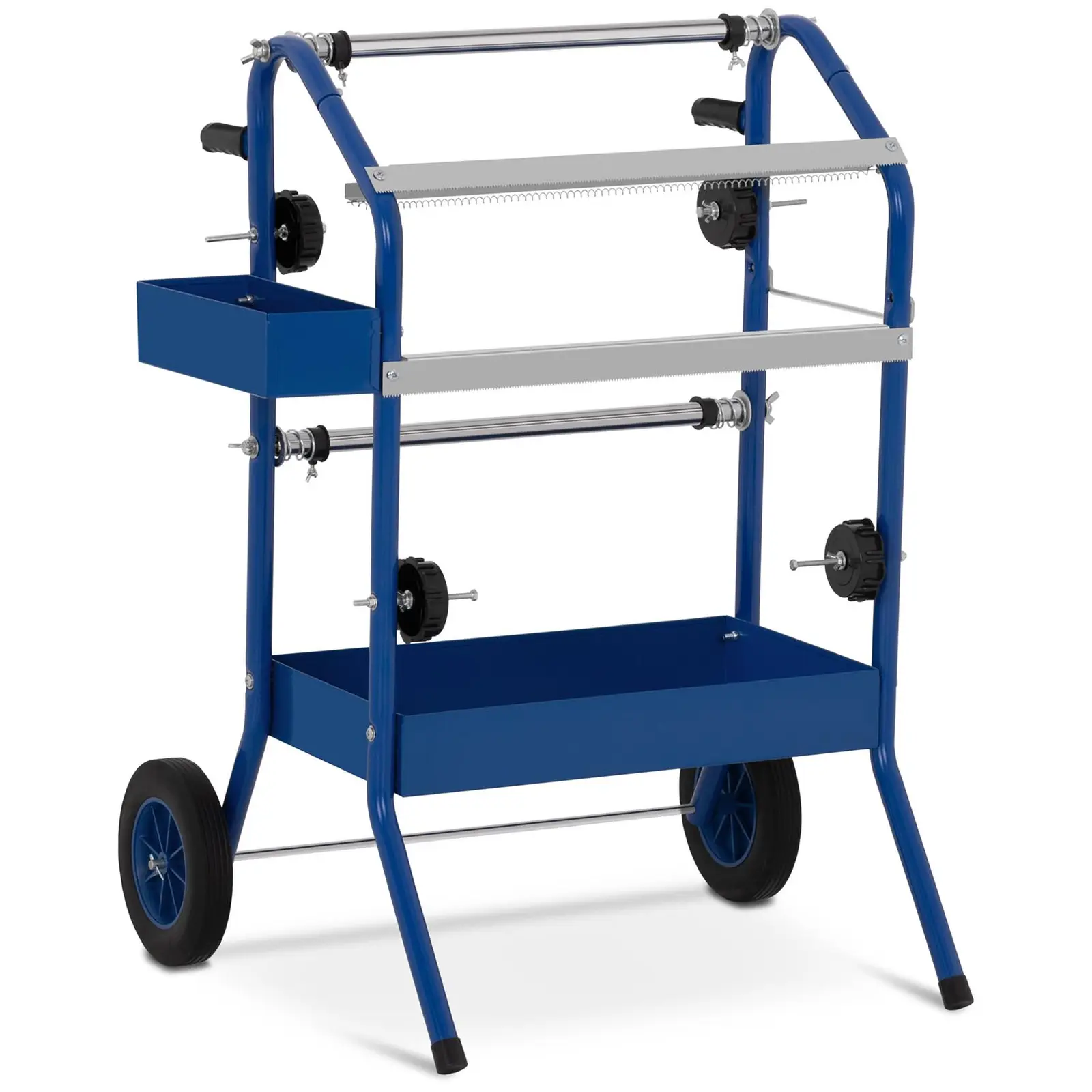
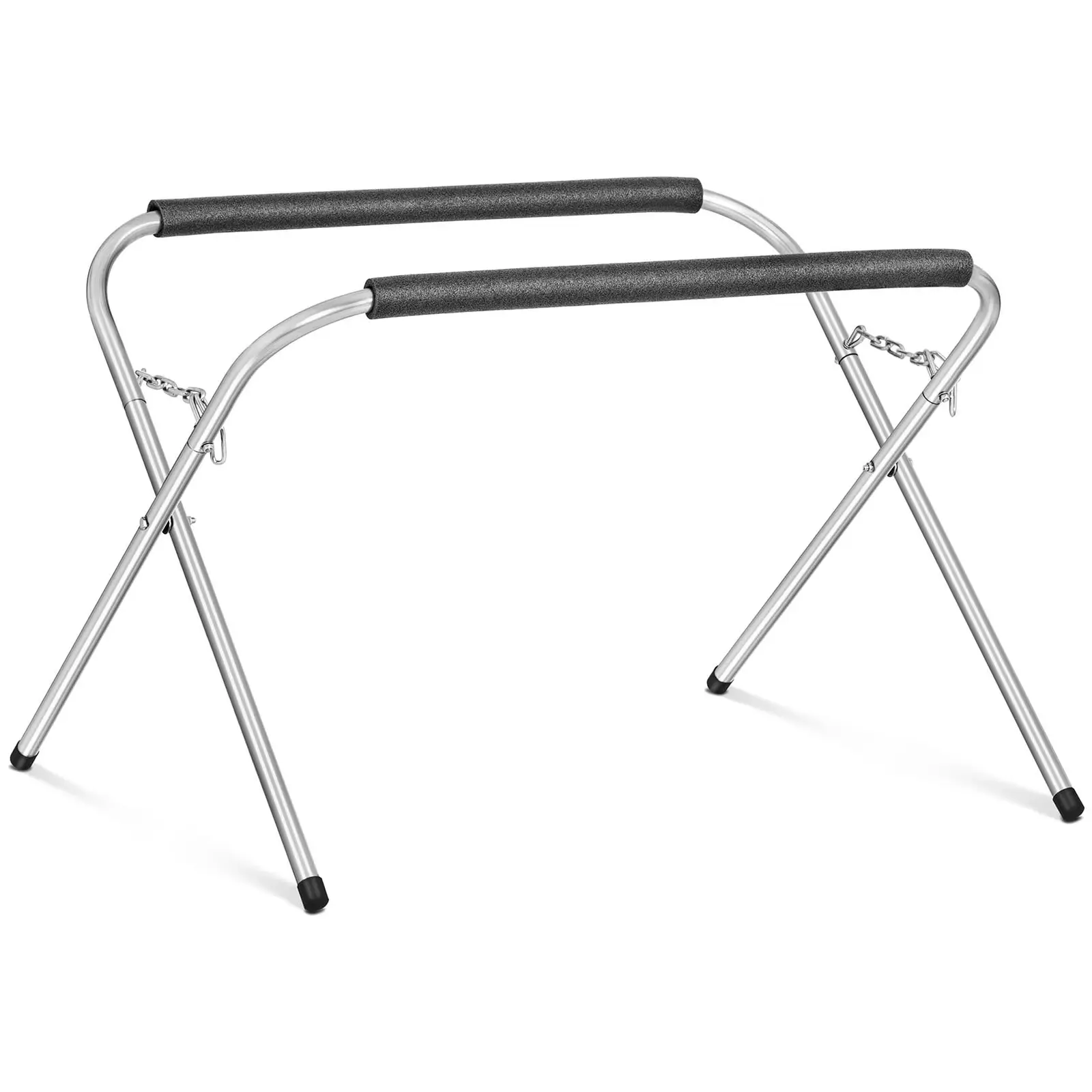


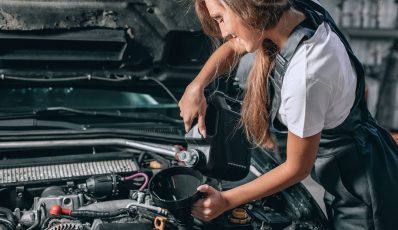



Share